How Will ASC 606 Affect Different Industry Standards?
We discussed some of the changes and challenges the new standards pose for organizations across all industries in our two-part blog. Part one explores the basics of ASC 606, including background and departmental effects, and part two explores the five step process to recognize revenue as defined under the standard.
Background
The new Revenue Recognition Standards (ASC 606/IFRS 15) were jointly announced by the Financial Accounting Standards Board and International Accounting Standards Board in May 2014, and after comments, effective dates were set: Companies are to officially move to the new standards for annual reporting periods beginning after December 15, 2017 for public companies and annual reporting periods after December 15, 2018 for private companies.
With this in mind, the new standard was meant to condense a wide range of standards, so the changes that an Airline will need to make will differ from a Life Sciences organization, a Construction Firm, a Nonprofit, and so on.
The standard as a whole makes changes to the following industries, which we will explore below.
Industries Affected by ASC 606 |
|
|
|
Different Industries, Different Changes and Challenges
As we explored in part 2 of our ASC 606 Overview, there are five steps to revenue recognition, which we will discuss in-depth in coming months (UPDATE: Click the links below to read in-depth advice on each step):
- Step 1: Identify a contract with a customer
- Step 2: Identify performance obligations
- Step 3: Determine the transaction price
- Step 4: Allocate the transaction price to the performance obligations
- Step 5: Recognize revenue when/as performance obligation(s) are satisfied
The new standard replaces over 200 specialized and/or industry-specific revenue recognition standards under current GAAP. In essence, this will make things easier a decade from now, but will take a lot of work now. Knowing this, the steps most likely to affect each industry differ, as summarized below.
| Industry | Step 1 | Step 2 | Step 3 | Step 4 | Step 5 |
| Aerospace and Defense | ✔ | ✔ | ✔ | ✔ | |
| Asset Managers | ✔ | ✔ | |||
| Construction, Building, Engineering | ✔ | ✔ | |||
| Manufacturers | ✔ | ||||
| Healthcare | ✔ | ✔ | |||
| Licensors (Media, Life Sciences, Franchisors) | ✔ | ✔ | ✔ | ✔ | |
| Real Estate | ✔ | ✔ | ✔ | ||
| Software | ✔ | ✔ | ✔ | ✔ | |
| Telecommunications | ✔ | ✔ |
For even more information on the proposed changes, see the industry commentary from different task forces on the AICPA Website. For a full list of issues discussed and addressed, see the AICPA Document addressing the multiple issues.
Conclusion: Plan, Change, Execute
This standard is coming up fast, and it’s time to at least discuss your plans and next steps so that you can decide on a full or modified transition method, and make any necessary changes before the deadlines.
One of the most common issues that finance leaders notice is that their software isn’t equipped to handle the challenges posed by the transition to ASC 606, and on top of making changes to their revenue recognition practices, they may have to implement a new accounting software before making the switch. If this is the case, time is of the essence, as you will need to first make the decision on an accounting software, implement the software, and then begin working on adopting the new standard.
Learn more about the standard and how to choose an accounting solution that can ensure compliance by reading the following whitepapers and viewing the following three-part on-demand webcast.
Guides and Whitepapers: ASC 606/IFRS 15
- Analyst Report: Intacct Leads the Way in ASC 606 and IFRS 15 Revenue Recognition
- Six Rules for ASC 606 Readiness
- ASC 606 and Subscription Businesses—Why Compliance Can’t Wait
On Demand Webcasts: ASC 606/IFRS 15
Intacct recently presented a three-part series on the new standards, which you can view on-demand.

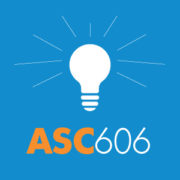
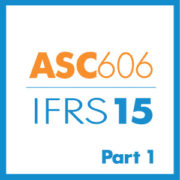
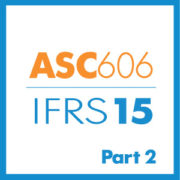
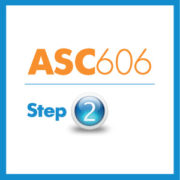
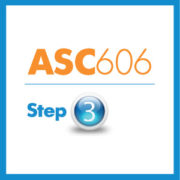
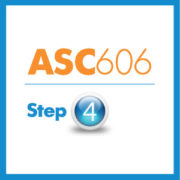
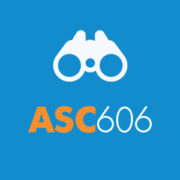



Leave a Reply
Want to join the discussion?Feel free to contribute!